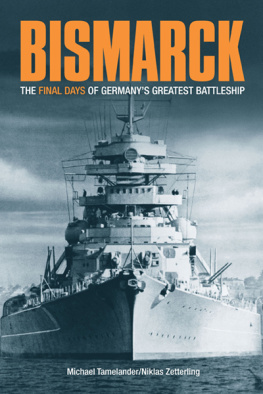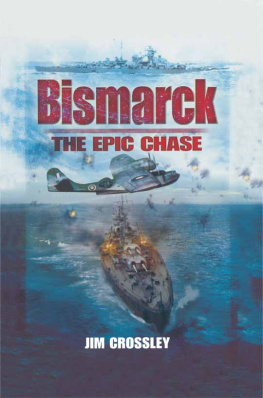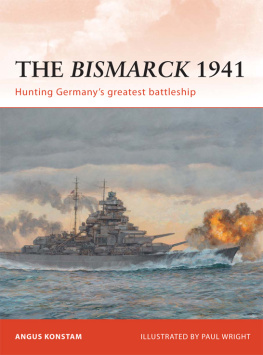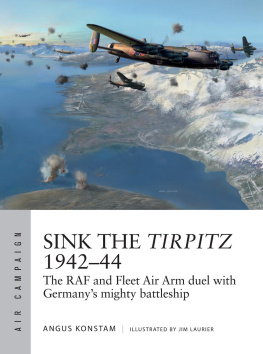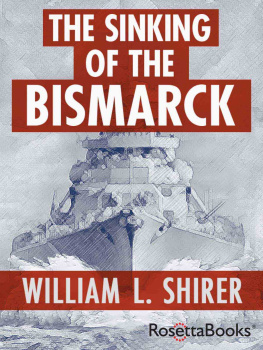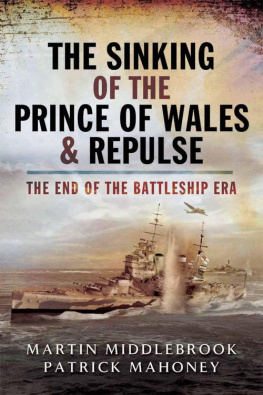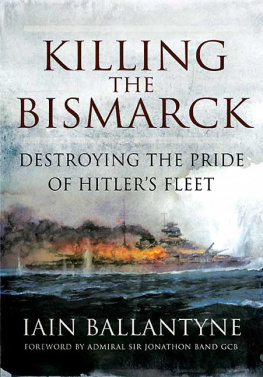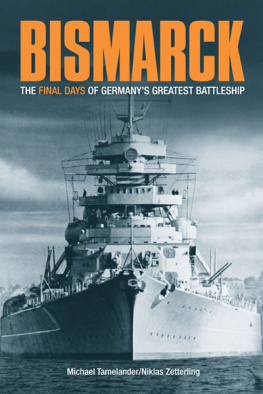CHAPTER 1
Lessons from Previous Wars
The logic behind the expansion of the German Navy during the two decades that preceded World War I is difficult to grasp. In 1871 Germany had been united under the leadership of Chancellor Otto von Bismarck. The young German nation, surrounded as she was by strong land powers, gave priority to the army, but as industry developed, considerable resources could also be devoted to the Navy. In 1898 it was announced that Germany would lay down 12 armoured cruisers; two years later another 20. A few years later it was declared that cruiser forces too would be expanded. The expansion of the Navy was zealously pursued, despite reasons to limit it. With the benefit of hindsight it seems clear that Germany possession of a strong navy would certainly drive Great Britain to oppose her.
At the time, rivalry between France and Britain remained pronounced. France still had a grudge against Germany dating from the Franco-Prussian War of 18701871. With France a most likely enemy, it might have seemed natural for Germany to foster good relations with Britain in the future. However, the German naval expansion served to alienate Britain. Command of the seas had been the pillar upon which British foreign policy and military strategy rested. The British economy had long since been adapted to the transoceanic trade, and the import of raw materials and manufactured goods had become absolutely vital to it. The insular nation had gradually increased its influence over the seas and the transoceanic trade since the 16th century. She had been challenged many times, but always emerged with a stronger position than before, and during the 19th century British dominance of the seas reached its height.
With this background it is not surprising that German naval expansion alarmed the British. A wiser strategy might have been for the Germans to curtail their naval programme, to avoid provoking the British to ally with the French against them. Almost regardless of German long-term ambitions, it would have served them better to have Britain as friend rather than foe. The naval arms race contributed to forming two blocks in Europe, fighting against each other in World War I, with Germany dominant on one side and Britain and France on the other.
During World War I Germany possessed a strong Navy, but not strong enough seriously to challenge the Royal Navy. The only major battle at sea was the famous Battle of Jutland in 1916. Both sides tried to claim the battle as a victory, but the outcome of the battle was not clear-cut. The British lost more ships, but on the other hand many German ships had to be repaired after the battle. Furthermore, the Royal Navy had forced the Hochseeflotte to return to its bases, where it was to remain for the duration of the war. This was a major success, as the main British aim was to protect the merchant shipping so vital to her ability to conduct war.
Both sides, of course, analysed the Battle of Jutland thoroughly to extract useful lessons. In Britain, much attention was devoted to the vulnerability of the battle cruisers and to fire control. Before World War I the British First Sea Lord, Admiral John Arbuthnot Fisher, had argued that the battleships should be replaced by battle cruisers. The latter were, at the expense of armour protection, characterized by high speed and a powerful armament. With their efficient armament they were supposed to engage enemy ships at long range, while their high speed would allow them to determine when, where and how the battle was to be fought. Heavy armour would thus be superfluous. Since three British battle cruisers blew up after being hit during the Battle of Jutland, their protection was called into question. The British experts were quite convinced that the German battle cruisers had remained afloat despite receiving several hits.
A problem partly related to the vulnerability of the battle cruisers had been the German ability to score quick hits at long range, usually before the British gunners found their mark. This was a serious disadvantage for British battle cruisers, which had been designed on the premise that they should be able to engage the enemy at ranges long enough to render him unable to return fire effectively. The experiences from the Battle of Jutland contributed to a reduction of the British battle cruiser programmes. Only three British battle cruisers were ever completed after Jutland, two of them the already launched Repulse and Renown . The third was the battle cruiser Hood . There was still much work remaining before the latter was completed and some of the lessons from Jutland were incorporated into her design.
For the Germans, the lessons from Jutland did not revolve mainly around the issue of ship design. Rather, their problem was much more fundamental: how to achieve freedom of action. The strong Royal Navy possessed favourably located bases, which allowed it to prevent the Germans from reaching the Atlantic. Any hopes that production of ships would turn the scales in German favour were unfounded. Admittedly there were heavy naval ships being completed at German shipyards, but even more could be expected to be commissioned by the Royal Navy in the future.
Although the Germans were tactically on the defensive, the strategic roles were actually the opposite. It was the British who defended their merchant shipping and the Germans who tried to attack it. Since the German Navy was confined to a few poorly located bases on the coast of the North Sea, the British Navy could keep the Germans curbed. All German attempts to break out into the Atlantic had failed. The alternative found by the Germans was to go under the British blockade, instead of through or around it. The submarine eventually became the principal German weapon to attack British shipping during World War I.
However, although the sinking by German submarines of numerous merchant ships during World War I severely strained the British war effort, they could not knock Britain out of the war. After stubborn resistance from their own top leadership, the British finally adopted the convoy system, which reduced the threat from the German submarines to manageable proportions. German submarine warfare was also one of the chief reasons behind President Woodrow Wilsons decision to declare war on Germany in 1917. The American involvement contributed heavily to the German defeat late in 1918, when she was forced to sue for armistice and then to accept the Versailles Treaty. In an attempt permanently eliminate the threat of the German Navy, the British demanded that the German warships should be surrendered. However, the Germans chose to sink most of their ships rather than give them up to their former opponent. Nevertheless, with the German ships on the bottom of the sea, the main British objective had been achieved.
The Versailles Treaty forced many limitations upon Germany, including reductions to her Navy. She was forbidden submarines completely, as well as any surface ships above 10,000 tons. Such limitations forced German naval strategists to be content with hypothetical speculations on a future war, as a useful German Navy simply did not exist.
Britain had emerged victorious from World War I, but it was an appallingly costly victory, politically and economically, as well as in terms of human suffering. The general public wanted to avoid yet more carnage of the same kind at almost any cost. Due to the general exhaustion after the war, there were strong sentiments in favour of reducing military spending.
The United States and Japan had emerged from World War I stronger and more capable of challenging British dominance at sea. The rivalry between France and Italy was a threatening cloud and a naval arms race loomed ominously. The depleted economies would be severely strained if vast sums of money were spent on large naval vessels. To prevent yet another naval arms race, a conference was held in Washington 192122, where size limitations were imposed upon the signatory powers. Germany did not attend, as she was already limited by the Versailles Treaty, but the victors of World War Ithe United States, Great Britain, France, Japan and Italyparticipated.. During the conference the participants agreed upper limits to the total tonnage of each nations battle fleet. The Royal Navy was allowed to complete the two Nelson class battleships, but otherwise production of battleships and battle cruisers was halted. In some cases battleship projects that were already underway were converted to aircraft carriers.

